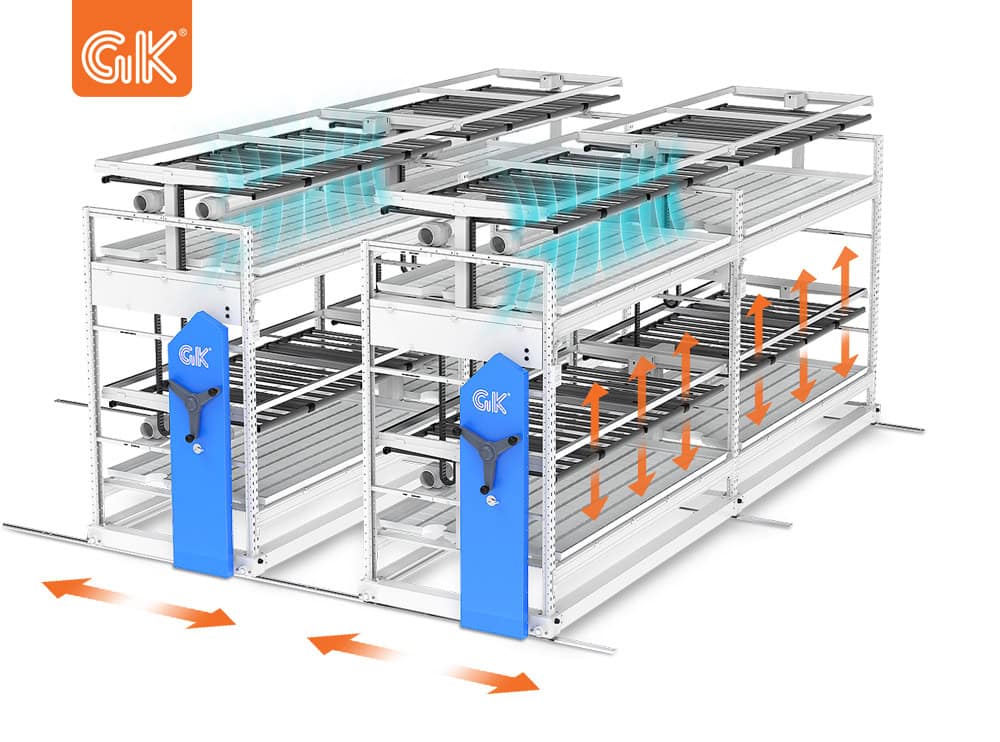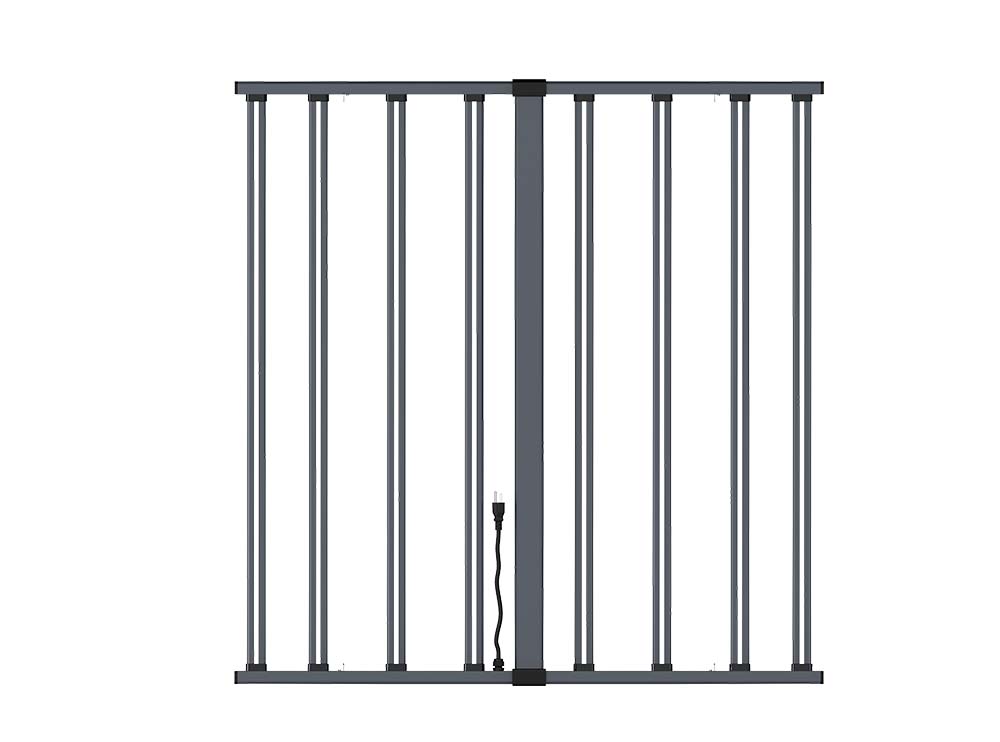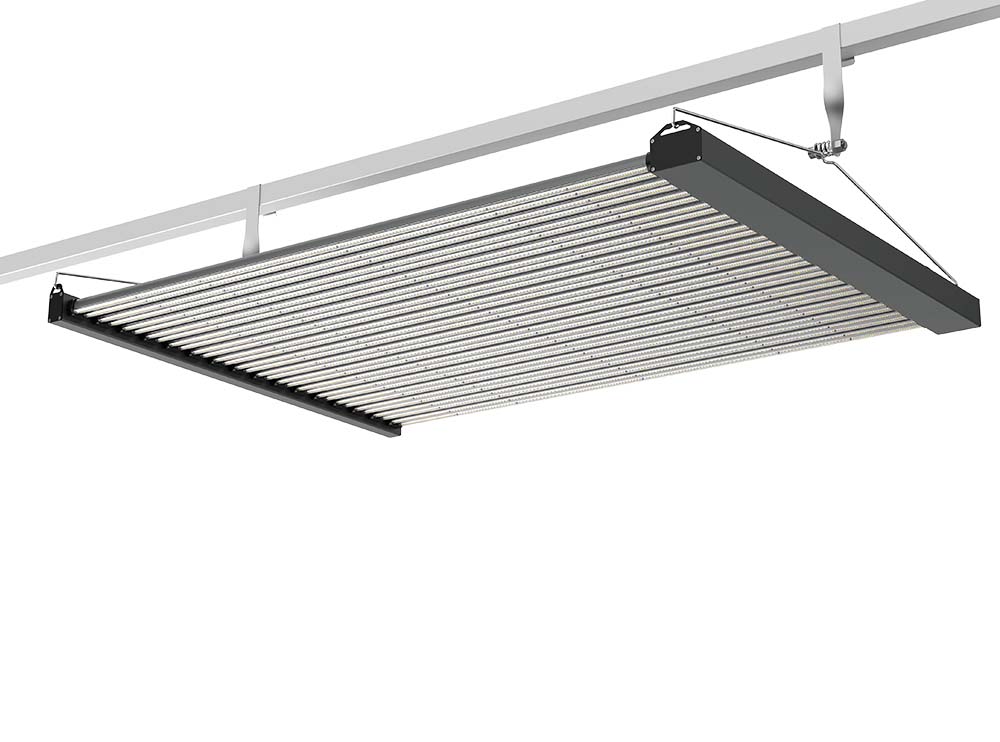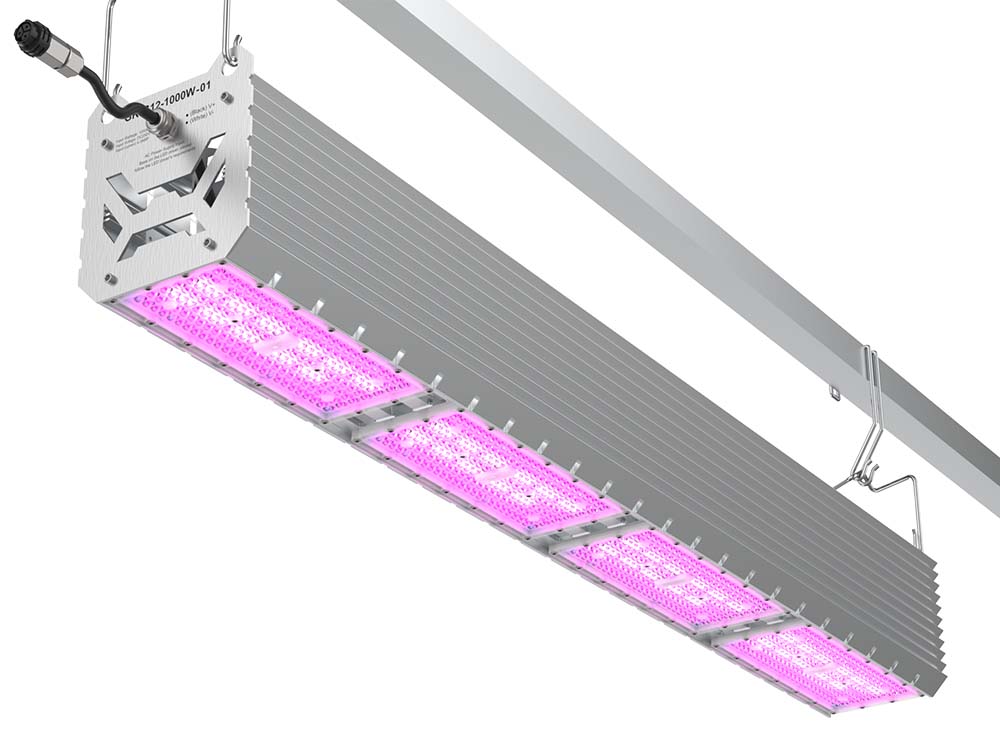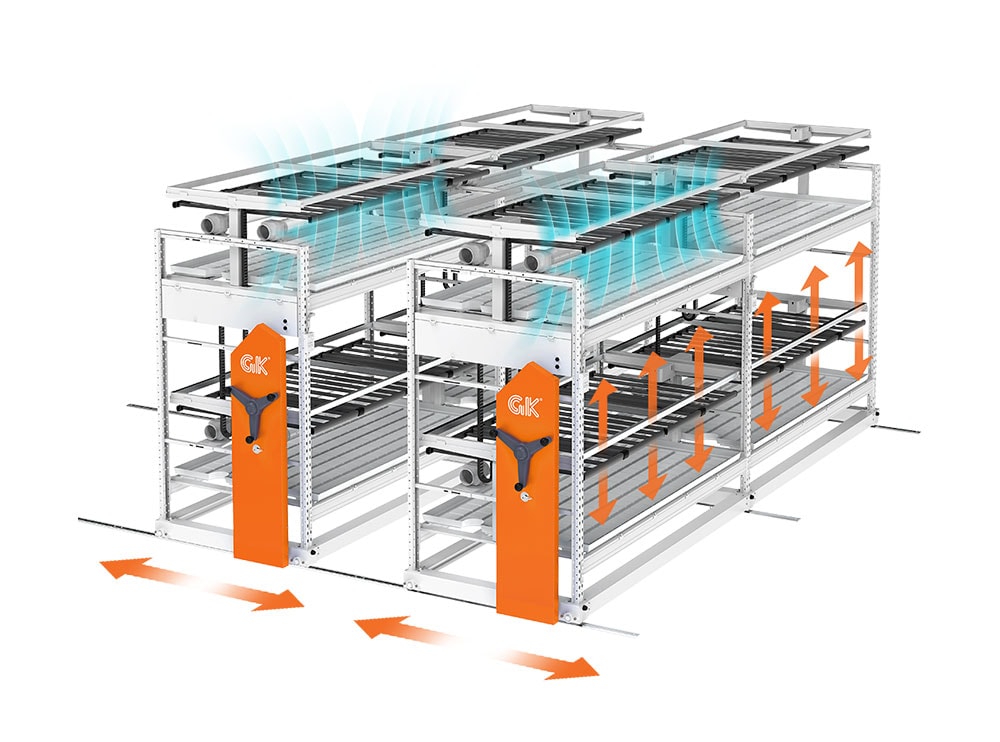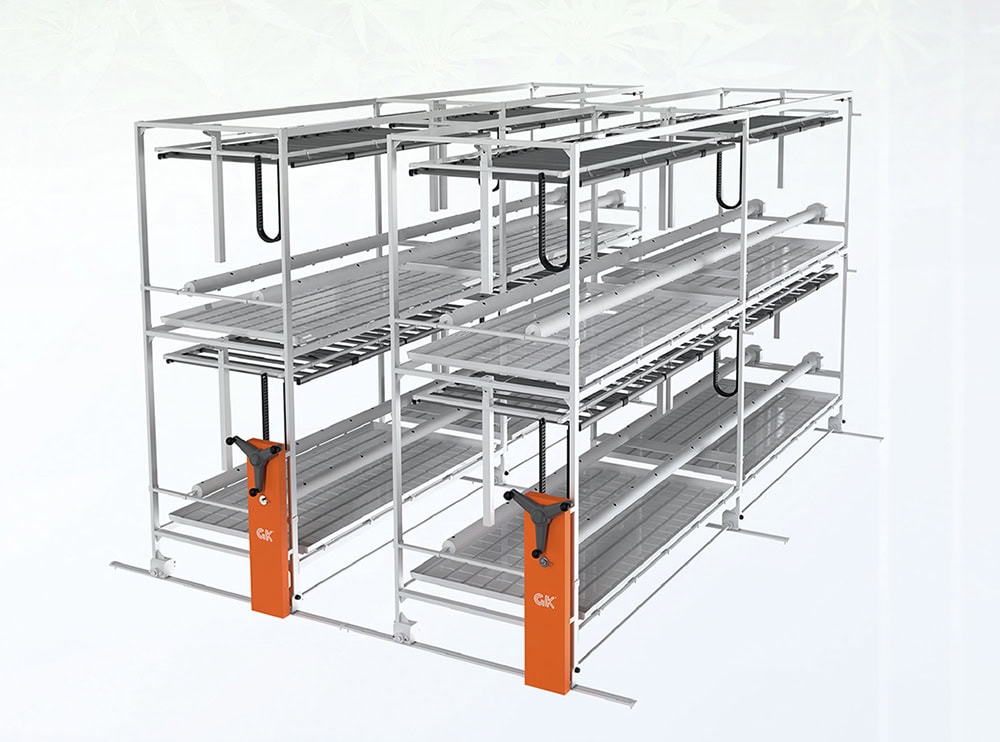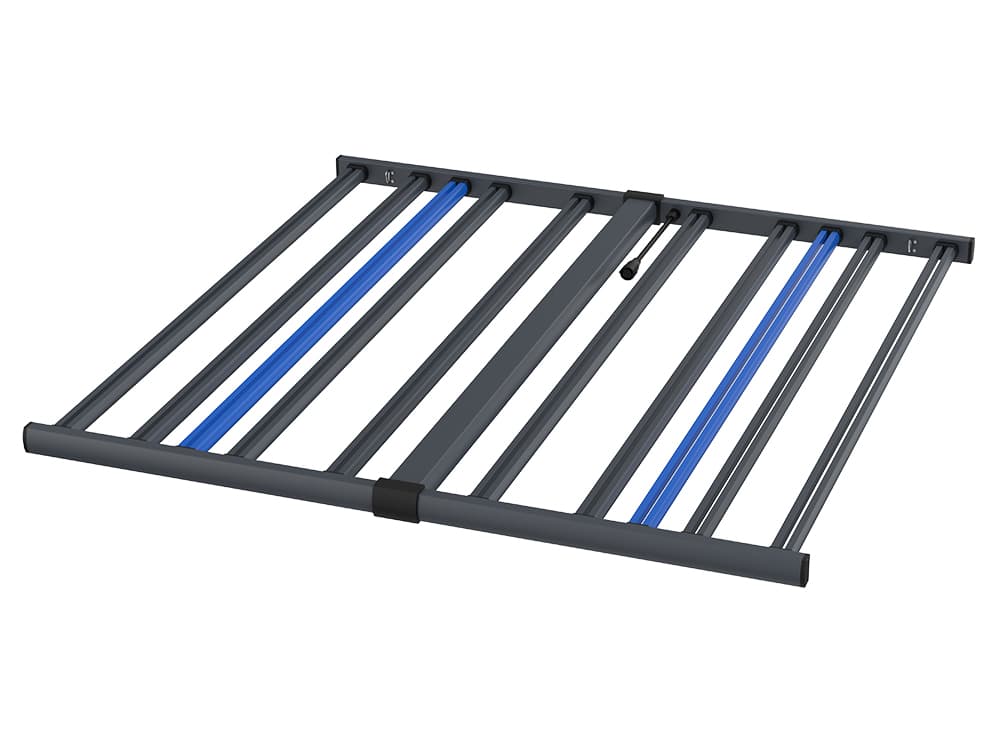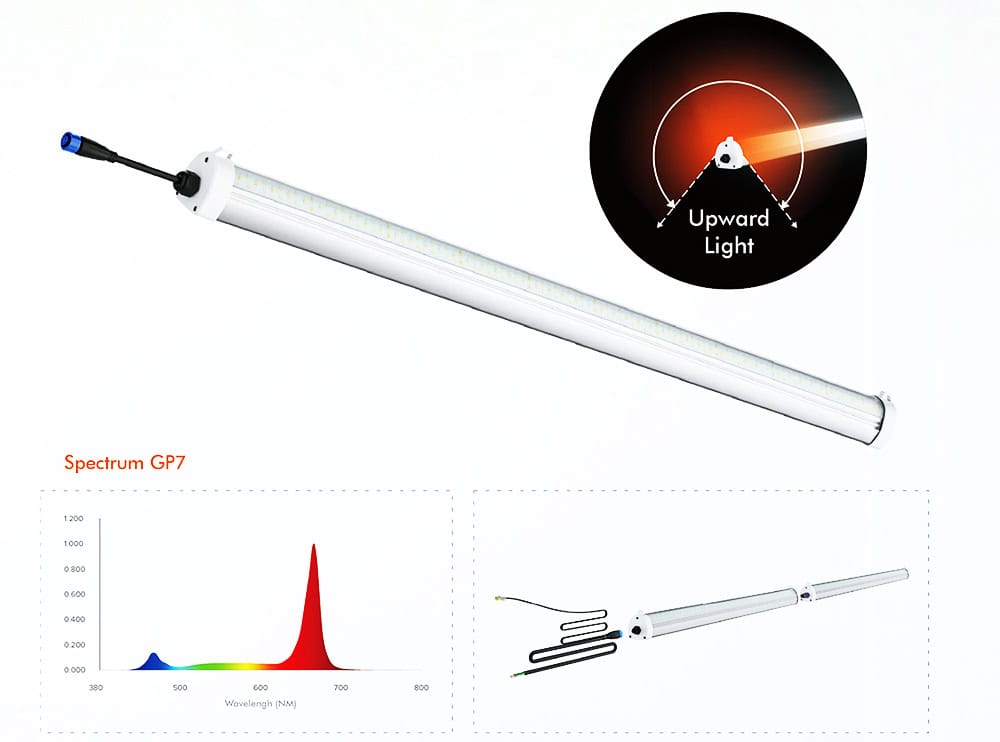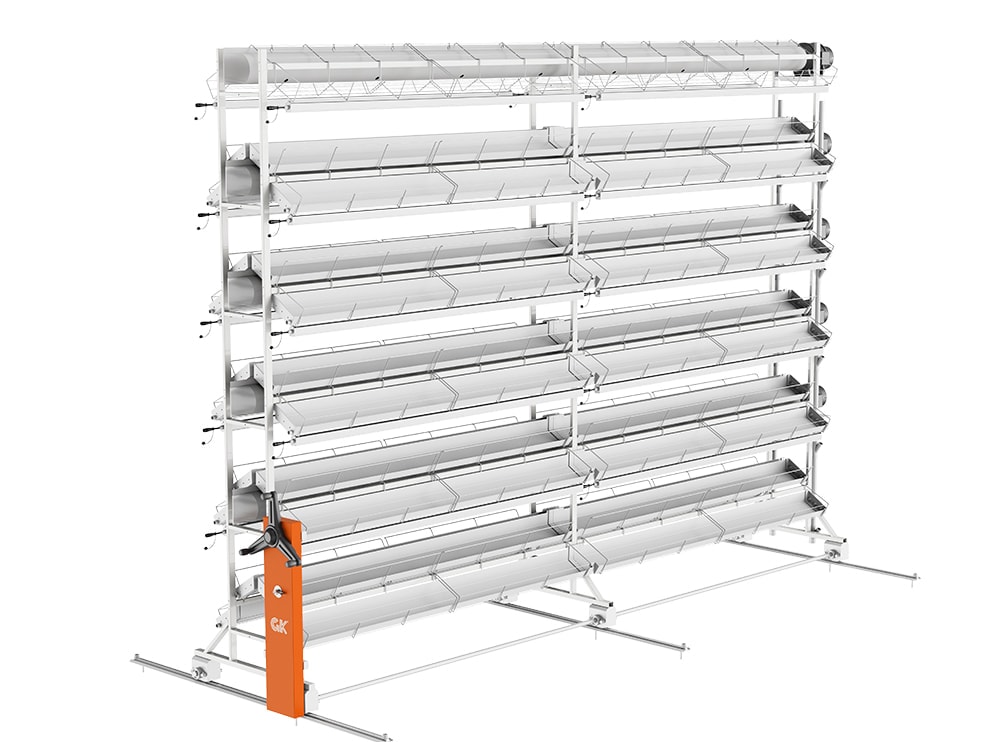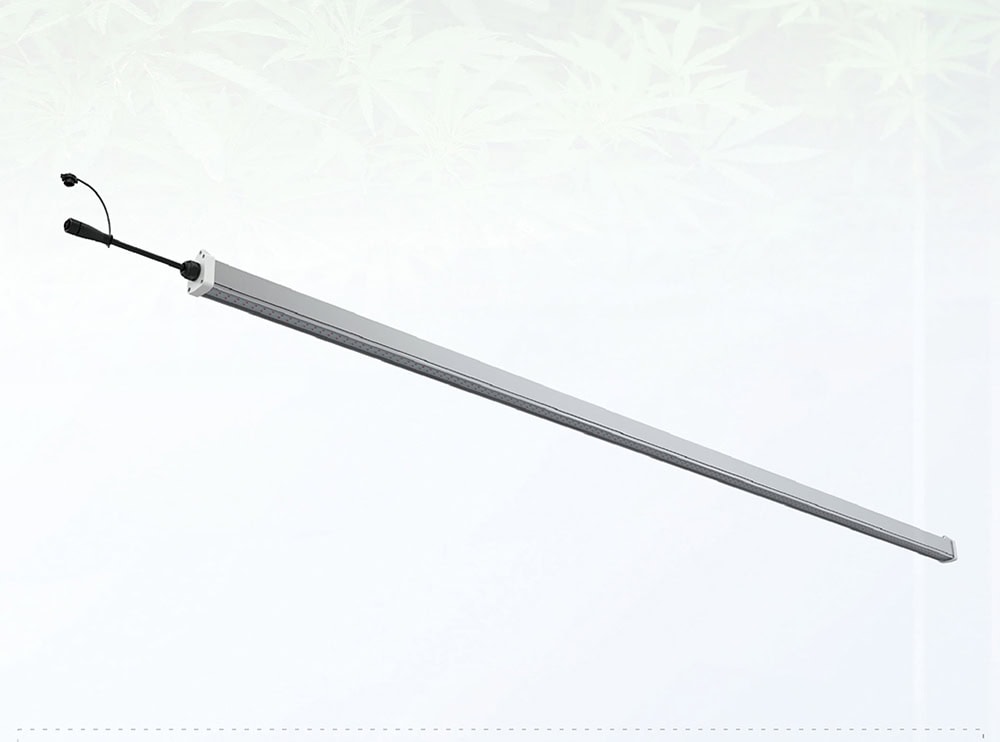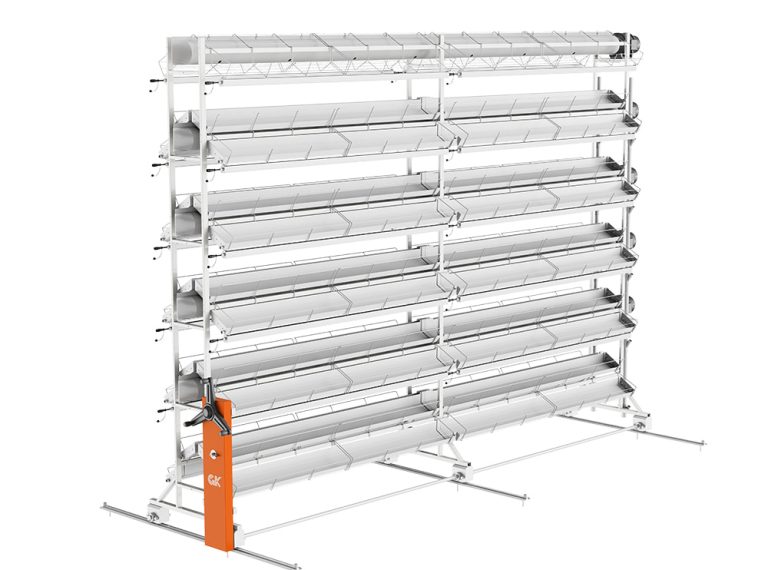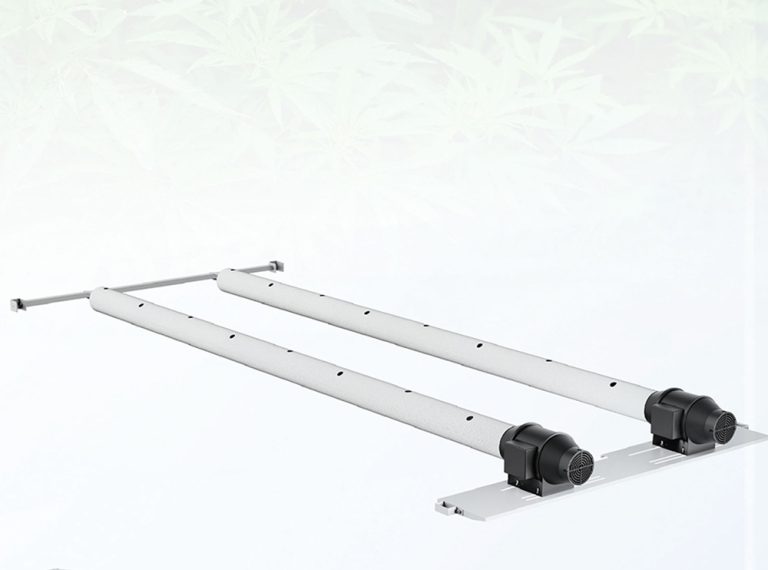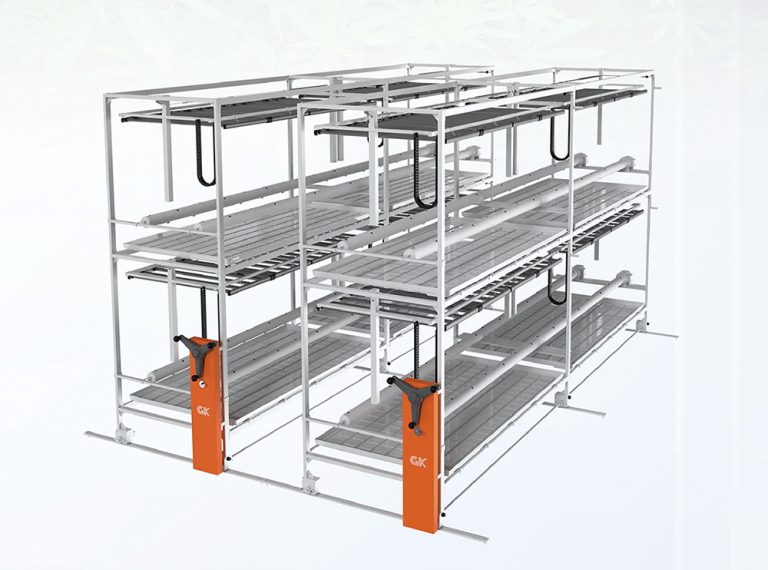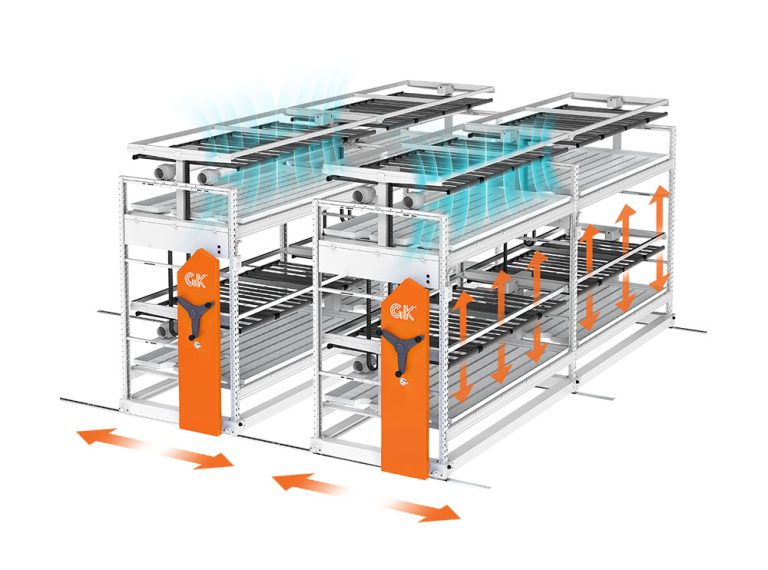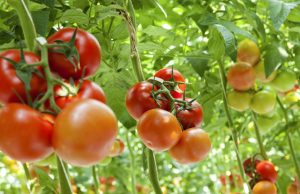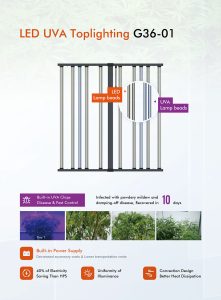The Role of Grow Lights in Plant Growth and a Guide to Light Requirements for Different Plants
With the advancement of indoor gardening and agricultural technology, grow lights have become an essential tool for fostering healthy plant growth. These lights mimic natural sunlight, providing the necessary light conditions for indoor plants to thrive. In this article, we will explore how grow lights influence plant growth and discuss the light requirements for different types of plants.
1. How Grow Lights Affect Plant Growth
Plants rely on photosynthesis for growth, which involves absorbing light photons and converting them into energy. Therefore, the intensity, quality, and duration of light directly impact plant development. Grow lights provide appropriate spectrums of light to help plants flourish, even in environments lacking sufficient natural sunlight.
a. The Importance of Light Spectrum
Plants require specific wavelengths of light for growth, primarily blue light and red light. Blue light (400-500nm) aids in photosynthesis and the development of leaves, while red light (600-700nm) promotes flowering and fruit production. Full-spectrum grow lights offer a range of wavelengths similar to sunlight, covering all the spectrums plants need throughout their growth cycle.
b. Controlling Light Duration
Plants need varying amounts of light depending on their growth stage. Seedlings, for instance, require longer exposure to light to foster root and stem development, while during the flowering stage, reducing light duration can encourage blooms. Modern grow lights often come with timers, allowing precise control of light duration tailored to the plant’s growth phase.
c. Light Intensity and Plant Health
Different plants have different light intensity needs. Insufficient light can lead to slow growth, thin or yellow leaves, while excessive light can burn the leaves. Adjusting light intensity according to the plant’s type and growth stage is crucial for optimal development.
2. Light Requirements for Different Types of Plants
Various types of plants have specific light needs during their growth cycles. Understanding these requirements will help gardeners choose the right grow lights and optimize plant growth.
a. Foliage Plants
Foliage plants, such as pothos, monstera, and ivy, generally require lower light intensity. These plants benefit from blue light to enhance leaf growth and photosynthesis, which helps maintain healthy, vibrant leaves. A grow light with a color temperature of 3000K-4000K is ideal for such plants.
b. Flowering Plants
Flowering plants, like roses and orchids, need more light, especially during the blooming stage. Red light is essential to stimulate flower development. Full-spectrum grow lights are the best option, providing the necessary wavelengths for different growth phases. Managing light duration is also crucial to promote successful blooming.
c. Vegetables and Succulents
Vegetables like tomatoes, peppers, and succulents such as cacti and echeveria require high light intensity. Succulents, in particular, thrive under long periods of strong light to maintain their shape and vibrant colors. High-intensity, full-spectrum LED grow lights are recommended for these plants, with a higher proportion of red and blue light to promote robust growth.
d. Hydroponic Plants
Hydroponically grown plants, such as lettuce and spinach, have similar light requirements to other vegetables but are more sensitive to humidity and temperature. Adjustable-intensity grow lights are recommended for hydroponic systems to accommodate different growth stages. Additionally, stable and consistent light conditions are necessary, so using a timer to control light exposure is beneficial.
3. Choosing the Right Grow Lights
When selecting grow lights, several key factors should be considered, including spectrum, power, coverage area, and heat management. Here are some tips to guide your selection:
- Light Spectrum: Opt for full-spectrum LED grow lights that provide both blue and red light, along with other essential wavelengths.
- Power and Coverage: Ensure that the grow light’s power output can cover the necessary area, providing sufficient intensity for the plants.
- Energy Efficiency: LED grow lights are more energy-efficient than traditional lighting options and produce less heat, making them suitable for long-term use.
- Timer and Dimming Options: Look for grow lights with built-in timers and dimming functions, allowing you to adjust light intensity and duration according to the plant’s growth stage.
4. Conclusion
Grow lights are a vital tool in modern gardening, providing the right light conditions for plants to grow indoors or in low-light environments. Selecting the correct grow light not only boosts plant growth and yield but also enhances the appearance and quality of the plants. By understanding the light requirements for different types of plants and properly adjusting light intensity and duration, you can create an ideal growing environment for your plants. Whether growing foliage plants, flowering plants, or hydroponic vegetables, using the appropriate grow lights will help you achieve successful and thriving indoor gardens.
We hope this guide helps you better understand the role of grow lights and inspires you to create a lush and vibrant indoor garden!

